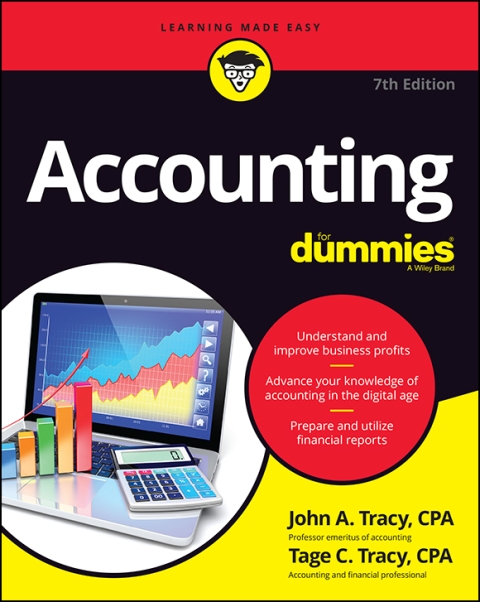Description
Efnisyfirlit
- Cover image
- Title page
- Table of Contents
- Copyright
- Biographies
- List of Contributors
- Preface
- Acknowledgments
- Introduction—Opportunities and Challenges
- References
- Section I: Creativity Theory and Performing Artists
- Chapter 1. Microarrays in the Brain: Can They Be Used for Brain–Machine Interface Control?
- Abstract
- Building a Brain–Machine Interface
- The Architecture of a Brain–Machine Interface
- What Does the Motor Cortex Do?
- Low Performance Level and Limited Ability to Generalize
- So the Answer to What the Motor Cortex Does Is…
- Future Possibilities
- Direct Control Versus Indirect Decoding
- Concluding Remarks
- Acknowledgments
- References
- Chapter 2. Feedback-Sensitive and Closed-Loop Solutions
- Abstract
- Introduction
- Cranial Nerve Electrical Stimulation for Seizure Control
- Brain Stimulation for Epilepsy: Historical Perspective
- Brain Stimulation In Vitro and In Vivo
- Thalamic Brain Stimulation
- Location of Brain Stimulation
- Electrical Parameters for Brain Stimulation
- Possible Mechanisms of Action
- Closed-Loop Brain Stimulation
- Clinical Applications
- The RNS System: Pivotal and Long-Term Results
- Seizure Prediction
- Adverse Effects and Technical Challenges
- Summary
- References
- Chapter 3. Directional Deep Brain Stimulation
- Abstract
- Deep Brain Stimulation Inhibits Neuronal Firing
- DBS Hardware
- Accurate DBS Lead Targeting and Placement is Critical for Success of the Therapy
- Directional DBS Leads Confer Several Benefits
- Directional DBS in Parkinson’s Disease and Essential Tremor
- Directional DBS Clinical Proof of Concept
- Application of Directional DBS to Other Diseases
- References
- Chapter 4. Waveform Variation in Neuromodulation
- Abstract
- Introduction
- Modifications of Traditional Waveform Parameters and Shapes
- Deep Brain Stimulation
- Spinal Cord Stimulation
- Other Considerations
- References
- Section II: New Modes of Therapy
- Chapter 5. Ultrasound Neuromodulation: A Chapter for Innovative Neuromodulation
- Abstract
- Introduction
- Physics of Ultrasound
- Historical Perspective of Ultrasonic Neuromodulation
- Experimental Cortical Neuromodulation
- Neuromodulation of Visual-Evoked Potentials
- Experimental Neuromodulation of Deep Cerebral Structures
- Hippocampal Neuromodulation With Ultrasound
- Cortical Neuromodulation in Large Animals and Humans
- Mechanisms of Ultrasonic Neuromodulation
- Clinical Applications of FUS Neuromodulation
- Future Clinical Applications of FUS Neuromodulation
- Conclusions
- References
- Chapter 6. Optogenetics
- Abstract
- Introduction
- Opsins
- In Vivo Optogenetic Applications
- Outlook: Nonhuman Primates and Human Tissue
- References
- Chapter 7. Introduction to Basic Mechanisms of Transcranial Magnetic Stimulation
- Abstract
- Introduction
- Transcranial Magnetic Stimulation
- Basic Principles of Nerve Stimulation With Magnetic Pulses
- Effect of TMS on Motor Cortex
- I-Waves
- TMS of Motor Cortex Excites Inhibitory as Well as Excitatory Neurons: Paired Pulse Evidence
- Models
- Synaptic Plasticity
- References
- Chapter 8. Transcranial Direct Current Stimulation: From Historical Foundations to Future Directions
- Abstract
- History
- Technical Aspects
- Parameters of Stimulation
- Safety
- Clinical Application
- Future Directions
- Conclusion
- References
- Chapter 9. Viral Vectors and Other Modulatory Biologics
- Abstract
- Introduction
- Viral Vectors
- Adenovirus
- Adeno-Associated Virus
- Herpes Simplex Virus
- Lentivirus (Retrovirus)
- Nonviral Vector-Mediated Gene Therapy
- Viral-Mediated Neuromodulation and Gene Therapy for Neurological Disease
- Parkinson Disease
- Chronic Pain
- Epilepsy
- Psychiatric Disorders
- Conclusions
- References
- Section III: Innovative Thinking
- Chapter 10. Neuroprosthetic Advances
- Abstract
- Introduction
- From an Electrophysiological “Brace” Toward a Neuroprosthetic Device
- Neuroprosthetic Devices for Control of Movement via Peripheral Sensory Nerve Stimulation
- Neuroprosthetic Devices Based on Spinal Cord Stimulation of Posterior Structures of the Spinal Cord
- Neuroprosthesis for Motor Control Available Today
- References
- Chapter 11. Neuromodulation for Memory
- Abstract
- Introduction
- Validation of Hemispheric Encoding-Retrieval Asymmetry (HERA) Model
- Motor Memory—Interhemispheric Competition Model
- Recovery of Motor Memory After Stroke
- Deep Brain Stimulation for Declarative Memory and Dementia
- Optogenetic Isolation of Memory Engrams
- Conclusion
- Key Questions
- References
- Chapter 12. Deep Brain Stimulation for Vegetative State and Minimally Conscious State
- Abstract
- Introduction
- Patients and Methods
- Results
- Discussion and Conclusions
- References
- Chapter 13. Neuromodulation as a Bypass—Spinal Cord Injury
- Abstract
- Introduction
- Recording
- Proof of Concept
- Results
- Discussion
- Conclusion
- Acknowledgments
- References
- Chapter 14. Neuromodulation for Psychiatric Disorders
- Abstract
- Introduction
- Accepted Indications
- Experimental
- Neuromodulation in Other Psychiatric Indications
- Conclusion
- References
- Index






